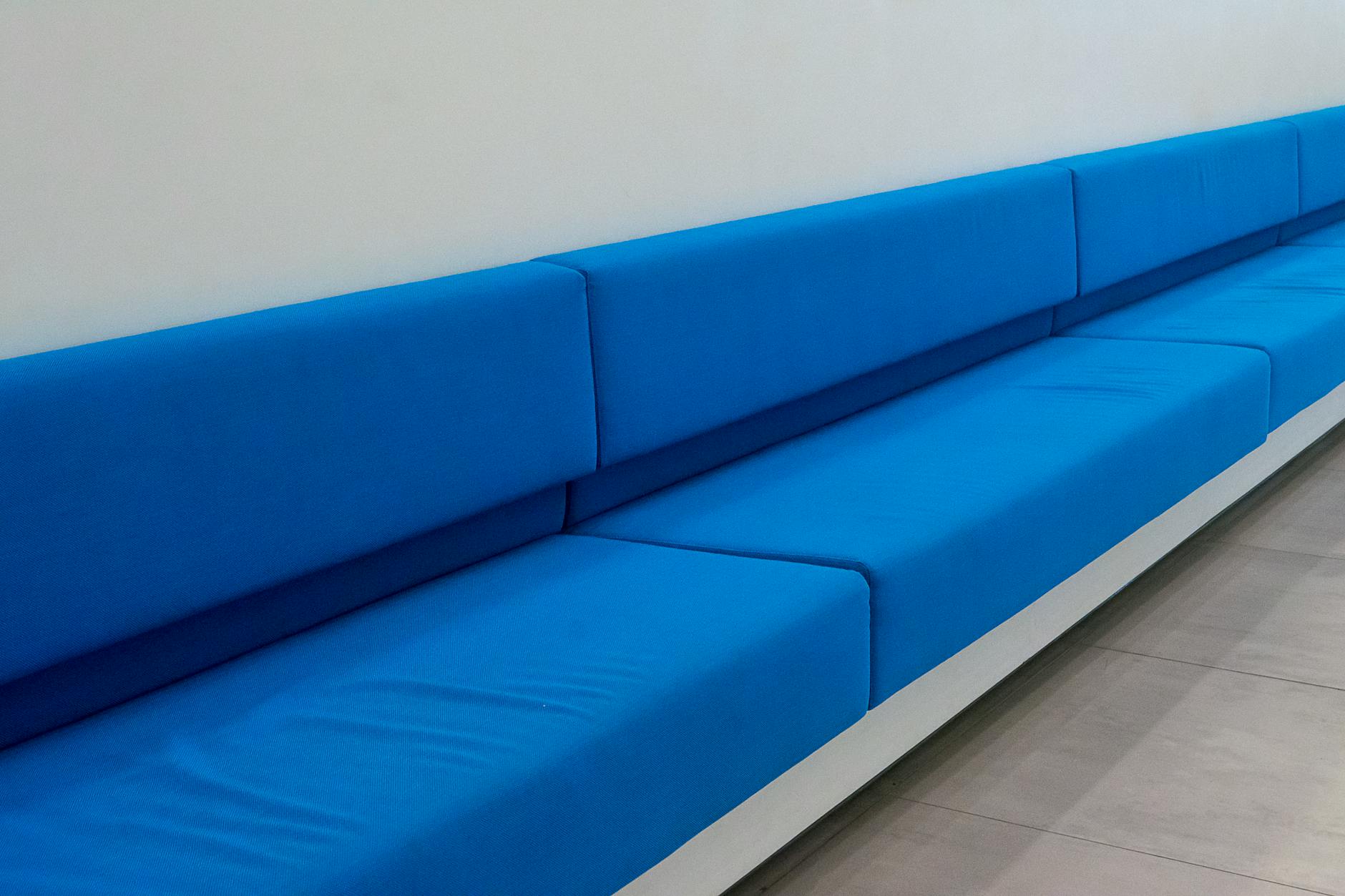The concept of invisible design has gained significant traction in recent years, emphasizing the idea that design should facilitate seamless interactions without drawing attention to itself. This approach enables users to navigate digital spaces effortlessly, creating experiences that feel intuitive and natural. Invisible design focuses on minimizing friction and maximizing engagement, leading to better user satisfaction and retention. By embedding functionality in such a way that it does not overshadow the user’s objectives, designers can foster deeper connections between people and products. In this article, we will explore the key principles that drive invisible design, its impact on user experience, and real-world applications that exemplify its effectiveness.
Understanding user needs is the cornerstone of invisible design. Effective design starts with a deep comprehension of the target audience and their expectations. This involves thorough research, including user interviews, surveys, and usability testing. By identifying pain points and desires, designers can craft solutions that address these elements seamlessly. For example, when creating a mobile app, recognizing the user’s need for quick access to information can lead to designing a streamlined interface where every element is purposeful and necessary. Through empathy and insight, designers can create products that respond to user behavior naturally, ensuring that interactions feel instinctive rather than cumbersome.
The essence of invisible design lies in creating interfaces that prioritize simplicity and clarity. By employing minimalist design principles, designers can strip away unnecessary elements that distract users from their objectives. This can manifest in various forms, such as reducing clutter on landing pages or simplifying navigation menus. A great example is Google’s search interface. The clean, uncluttered design keeps users focused on one task: finding information. By presenting users with only the most essential features and content, invisible design allows them to engage with a product without having to think too hard about how to use it. This focus on clarity leads to a smoother user experience, resulting in higher user satisfaction and lower bounce rates.
Another crucial aspect of invisible design is the integration of feedback and guidance without being intrusive. Users should feel supported in their interactions, yet not overwhelmed by tutorials or excessive prompts. A well-crafted design subtly guides users through tasks, using elements like tooltips, animations, or progress indicators. For instance, when a user fills out a form, a live validation system can inform them about errors without disrupting their flow. By implementing these features thoughtfully, designers ensure that users are not just informed, but also encouraged to complete their tasks efficiently. The balance between providing guidance and maintaining an unobtrusive experience is essential to achieving true invisibility in design.
The impact of invisible design extends beyond mere aesthetics; it influences conversion rates and brand loyalty. When users experience seamless interactions, they are more likely to engage with a product consistently and recommend it to others. Studies have indicated that websites with intuitive design see a significant increase in user retention and a decrease in abandonment rates. According to a recent study by Nielsen Norman Group, websites with improved usability can see conversion rates rise by up to 200%. Below is a concise view of the potential impacts of invisible design on user engagement and business metrics.
| Metric | Impact |
|---|---|
| User Retention | Increases up to 30% |
| Conversion Rates | Can rise by 200% |
| Customer Satisfaction | Improves by 25% |
| Task Completion Time | Reduces by 50% |
In conclusion, invisible design plays a transformative role in creating effortless interactions between users and products. By understanding user needs, embracing simplicity, providing unobtrusive guidance, and recognizing the broader impact on business metrics, designers can create experiences that resonate deeply with users. As the digital landscape evolves, the power of invisible design will be critical in shaping not only engaging interfaces but also fostering loyalty and satisfaction among users. Ultimately, the goal of design should be to fade into the background, allowing users to focus on what truly matters: achieving their objectives with ease and enjoyment.
Image by: Vitor Diniz
https://www.pexels.com/@imvitordiniz




